Description
orn Nutrition Facts
The following nutrition information is provided by the USDA for 1 medium (6 3/4″ to 7 1/2″ long) ear of sweet yellow corn (yields 102g).1
Calories: 88
Fat: 1.4g
Sodium: 15mg
Carbohydrates: 19g
Fiber: 2g
Sugars: 6.4g
Protein: 3.3g
Carbs
There are 19 grams of carbohydrate in one ear of corn. Of those carbohydrates, fiber makes up 2 grams and natural sugars make up 6.4 grams. Corn is considered moderate on the glycemic index scale with a rating that falls between 56–69.2
Fats
Corn is naturally pretty low in fat, with 1.4 grams per medium-sized ear. The majority of fat in corn is from heart-healthy monounsaturated or polyunsaturated fats.
Protein
Corn has just over 3 grams of protein per ear. Compared to most vegetables, corn is pretty high in protein. That’s because corn is technically not a vegetable at all, but rather a whole grain.
Vitamins and Minerals
Corn contains the nutrients potassium, iron, zinc, magnesium, phosphorus, and selenium.3 It also provides folate, vitamins C and E, and vitamin A in the form of beta carotene.
Health Benefits
Corn offers several health benefits beyond its vitamin and mineral content. Depending on the color, corn is rich in a variety of antioxidants and beneficial plant compounds that protect against disease.4
Reduces Risk of Type 2 Diabetes
Polyphenols are beneficial plant compounds that are found in whole grains, fruits, vegetables, and nuts. Purple corn owes its color to a type of polyphenol, called anthocyanin, which has been shown to improve the regulation of insulin and glucose.5
Including a variety of colorful, plant-based foods in your meal plan like purple corn, is a proactive way to prevent the onset of type 2 diabetes. If you have diabetes and want to incorporate purple corn into your diet, consider the carbohydrate count. In addition, purple corn should not replace any current medical regimen that is currently being followed.
May Help Prevent Colon Cancer
Corn is a good source of fiber that promotes the growth of “good bacteria” in the gut. These bacteria produce short-chain fatty acids to help prevent colon cancer.6 Eating fresh corn, popcorn, and checking food labels to ensure that you a buying a “whole grain” corn product will ensure that you get the most fiber out of your corn consumption.
Supports Healthy Weight Management
The most filling types of snacks are those that are high in protein and fiber, like popcorn.7 One cup of air-popped and unbuttered popcorn provides 31 calories, 1 gram of protein, and 1 gram of fiber.8 It makes a perfect snack to help with losing weight or for weight management. Since snacks make up about a third of most people’s daily intake, choosing snack foods wisely can have a big impact on body weight.
Popcorn is a whole grain snack that’s minimally processed, especially when you make it fresh. Popcorn without added flavorings, sugar, or large amounts of butter can help with weight loss and healthy weight maintenance.
Protects Eyesight
Corn contains lutein and zeaxanthin, the forms of vitamin A that are especially beneficial for eye health. Because these compounds become concentrated in the retina, they are associated with the prevention of age-related macular degeneration.9 The combination of lutein and zeaxanthin, along with vitamin C, vitamin E, copper, and zinc (which are also all found in corn), has been shown to protect against this common cause of vision loss.
Promotes Heart Health
Corn provides several nutrients that offer proven cardiovascular benefits.4 The fiber in corn and other whole grains helps reduce cholesterol levels.10
Potassium is well-known to keep blood pressure levels down, and corn contains about 6% of the daily value set by FDA. Potassium is a “nutrient of public health concern” because not everyone is consuming adequate amounts of it daily.11
Corn also has a decent amount of magnesium, about 9-12% of adult needs. Consuming adequate amounts of magnesium in the diet appears to reduce the risk of stroke and ischemic heart disease.12 Eating fresh corn, popcorn, or even canned corn (without added salt) can help protect your heart from long-term damage.
Allergies
Food allergies to corn and environmental allergies to corn pollen are possible. Corn allergies are difficult to diagnose, but an elimination diet is often used to identify if symptoms improve when corn is no longer consumed.13 Corn allergies are typically triggered by corn protein, so protein-free corn products like high-fructose corn syrup don’t necessarily need to be avoided because of an allergy.
Symptoms of corn allergies may include hives, diarrhea, difficulty breathing, and a weak pulse. If you suspect an allergy to corn, make an appointment with an allergist for a professional evaluation.
Adverse Effects
Corn is one of the most genetically modified plants in the food supply.14 Genetically modified crops have altered DNA for a variety of traits, such as resisting herbicide or increasing yield. One percent of the corn grown in the US is sweet corn and most of it is not genetically modified. Sweet corn can be found in frozen form, canned, or fresh. GMO corn, which isn’t used for human consumption, is used for livestock feed, fuel for cars, and oil for sunscreen and water bottles.15
While fresh corn is a healthy choice, not all corn products are created equal. High fructose corn syrup, for example, is a sweetener derived from corn syrup. It’s made from extracting corn kernels and treating them with an enzyme to make a thick, viscous syrup.16 Although considered equally as safe as other sweeteners by the FDA, high fructose corn syrup is prevalent in processed foods and associated with increased risk of diabetes and other health conditions.17 Just as with other added sweeteners, it’s best to limit your intake of high fructose corn syrup.
Varieties
There are four basic types of corn, dent corn, flint corn, popcorn, and sweet corn.18 Dent corn is also known as field corn. It’s used for livestock feed and in food products. Flint corn is similar to dent corn but it comes in a variety of colors. You may recognize Flint corn as Indian corn, commonly displayed for decoration. Popcorn has a tough outer shell and soft, starchy center that steams and explodes when heated.
Sweet corn is higher in starch and sugar. It’s picked while still immature and tender. Sweet corn comes in white, yellow, or a combination of kernel colors. When you buy corn on the cob, it’s sweet corn.
When It’s Best
Fresh corn is in season during the summer months, from July through September.19 Choose corn that has firm, plump kernels. Skip any cobs with signs of mold, insects, or decay. You can find fresh corn in the stalks or already shucked.
Corn products, including canned and frozen corn, are available during any time of the year. Canned corn often comes in a cream sauce, or with added sugar or salt. Check the ingredients label to see what’s in the product you’re buying. Corn-baed products like popcorn, cornmeal, corn starch, corn flour, corn grits, and porridge are available in grocery stores throughout the year.20

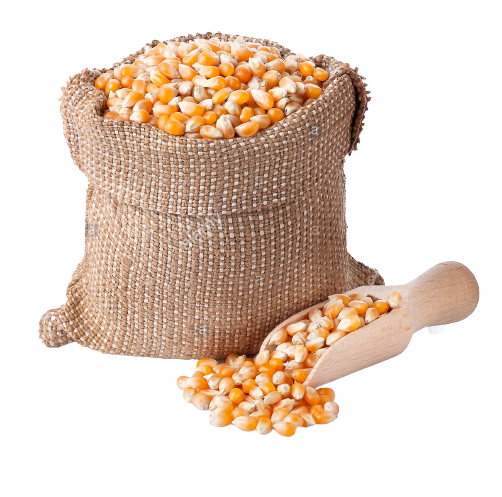
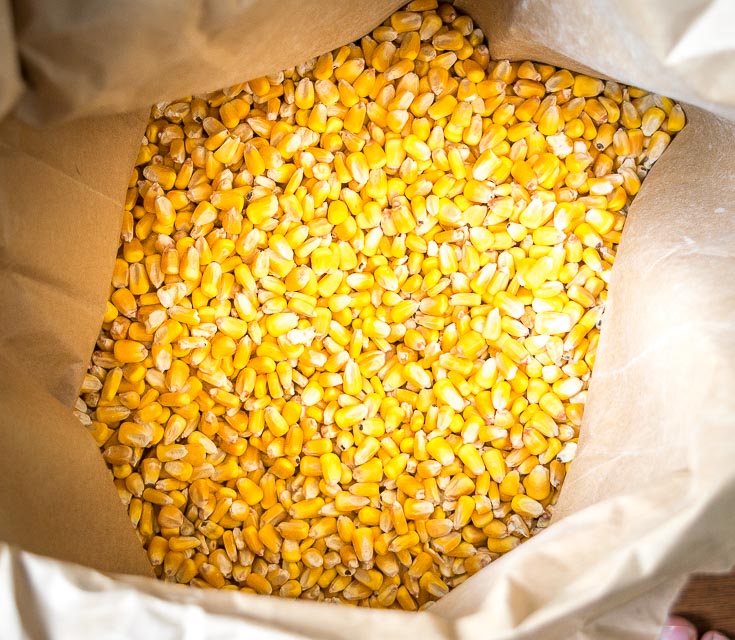
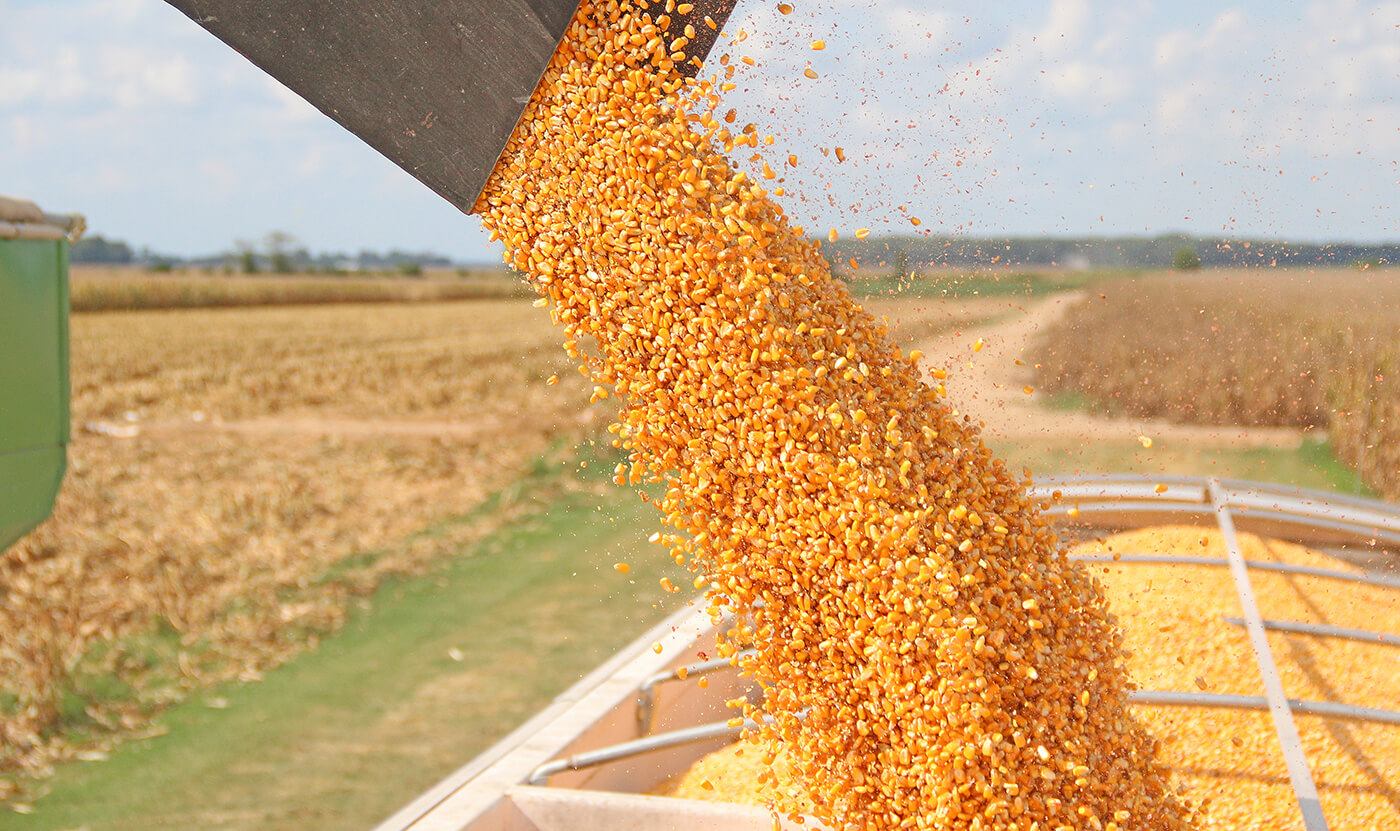

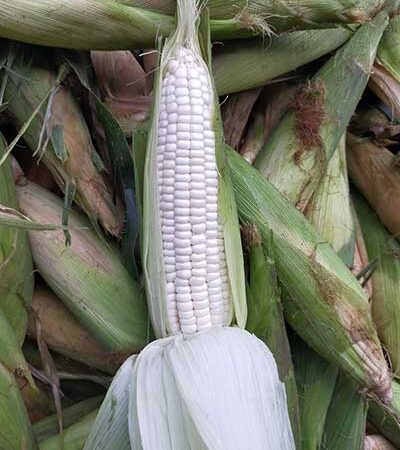
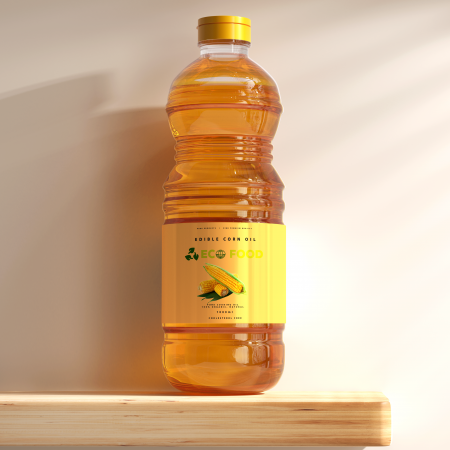
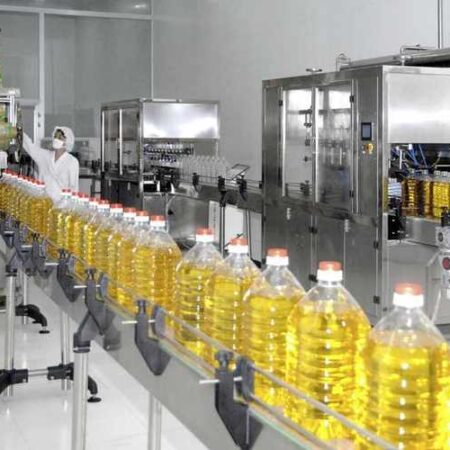

Reviews
There are no reviews yet.